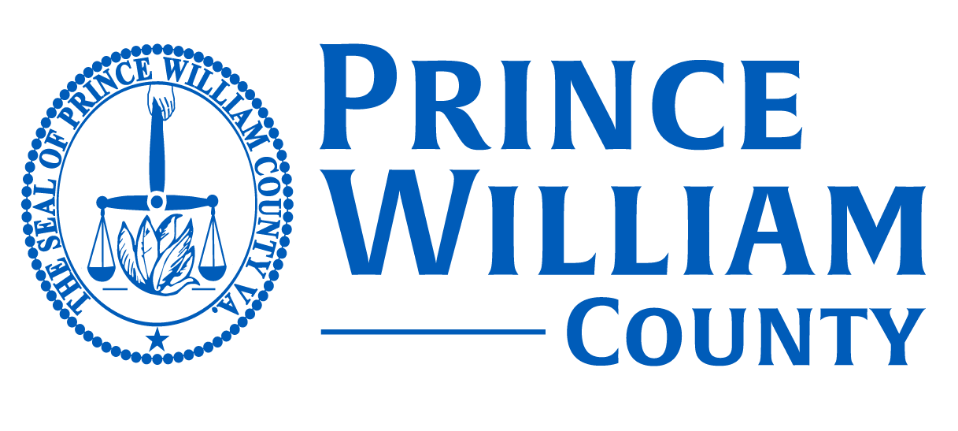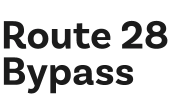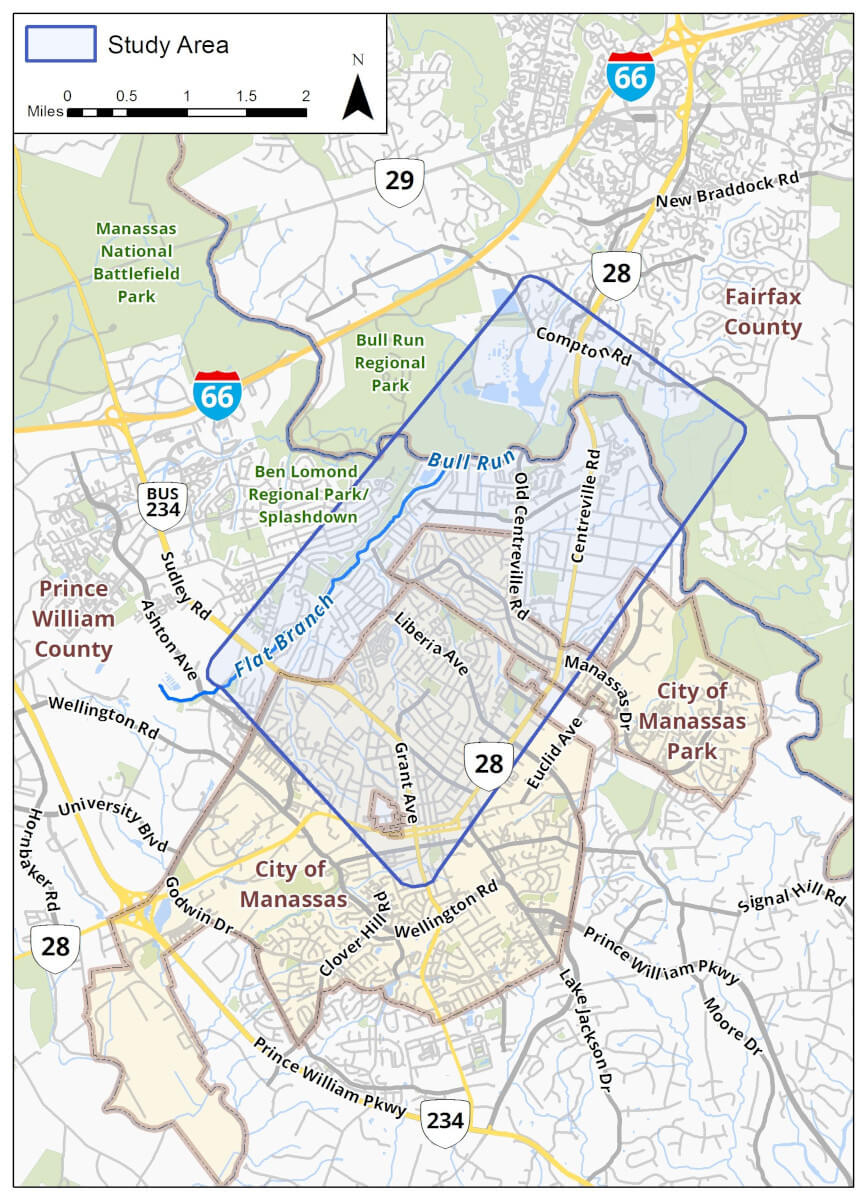Overview
A Brief History of the Route 28 Bypass
Route 28, which traverses Loudoun, Fairfax, and Prince William counties, is a critical roadway corridor for Northern Virginia. As the population in Northern Virginia continues to grow, traffic on Route 28 has increased dramatically.
The Prince William County (PWC) DOT began initial studies in 2016 to identify and evaluate issues with congestion. Based on these preliminary studies, the DOT identified a number of possible solutions, and in September 2020, the Prince William Board of County Supervisors approved an alternative, including budget endorsement.
The NVTA has allocated an additional $89 million toward the approximately $300 million infrastructure project. NVTA allocated $6 million towards the feasibility and environmental studies. The remaining cost could potentially be covered by a $200 million bond referendum approved by County voters on November 5, 2019.














